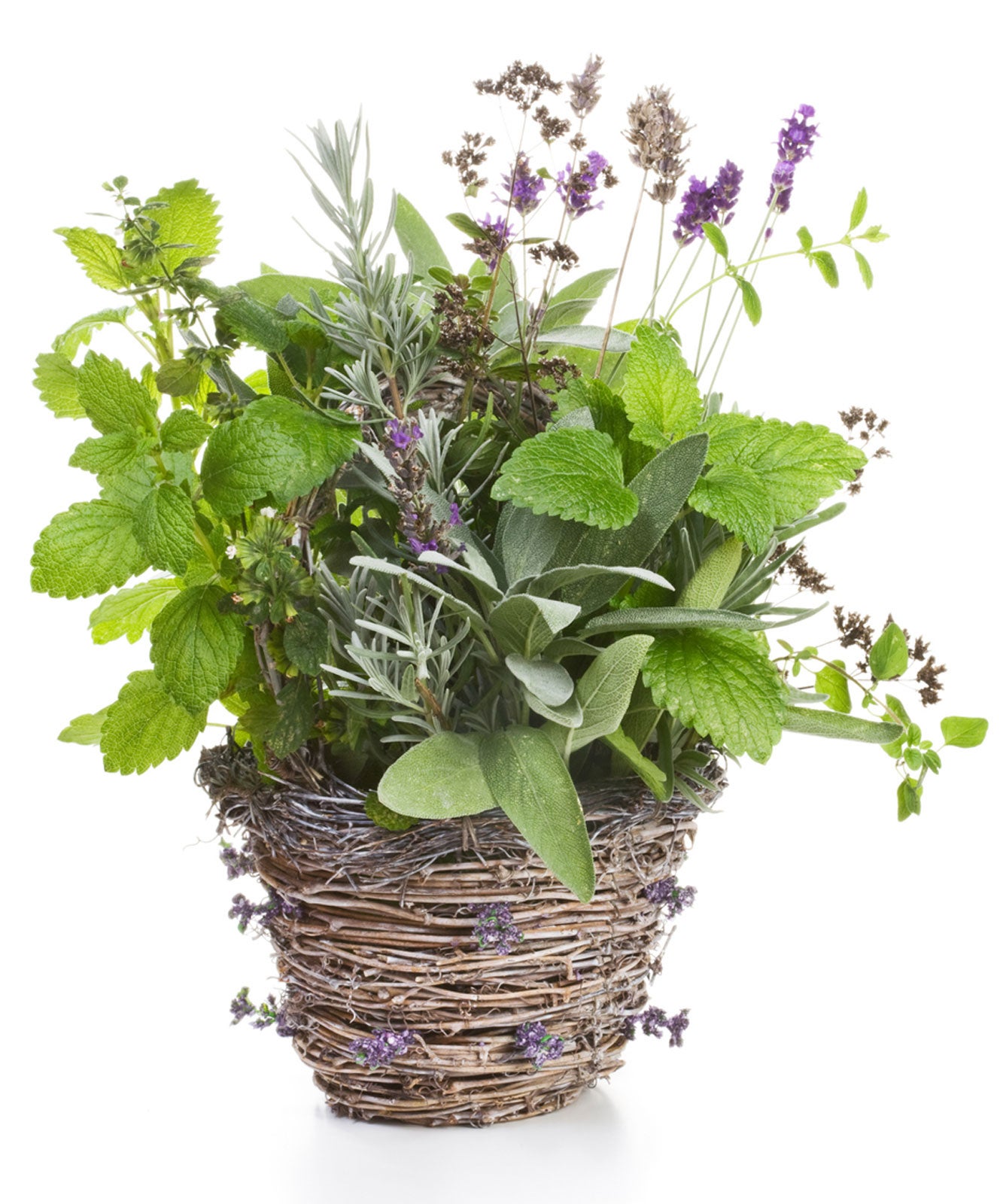Planting In Old Baskets – How To Make A Basket Planter


Do you have a collection of beautiful baskets simply taking up space or collecting dust? Want to put those baskets to good use? Planting in old baskets is a charming, inexpensive way to show off your favorite plants. Using baskets as containers isn’t difficult, but the baskets do need a little prep before they’re ready for plants. The following article explains how and includes the best plants for baskets.
How to Make a Basket Planter
Nearly any basket will work. However, sturdy and thick baskets last longer. You may want to apply a coat or two of clear protective spray or wood sealant, which will also help the basket last longer. Be sure to let the coating dry thoroughly before planting.
If the basket is very tightly woven, you may be able to go ahead and plant. Most baskets, though, need some type of lining added to retain moisture and prevent loss of soil.
Plastic makes a good lining for planting in old baskets. You may be able to find a ready-made plastic liner at a garden center or simply line the basket with a plastic garbage bag. Use a glue gun to secure the edges. Be sure to cut a few slits in the plastic so excess water can drain.
Sphagnum moss is another good option – either ready-to-use moss forms or loose moss that can be packed around the inside of the basket.
If you’d like a more rustic appearance, you can line the basket with burlap and let the burlap drape naturally over the rim of the basket. Paper coffee filters work well for small baskets.
Although it isn’t necessary, a handful of plastic shipping peanuts or shredded bark in the bottom of the basket will enhance drainage.
Gardening tips, videos, info and more delivered right to your inbox!
Sign up for the Gardening Know How newsletter today and receive a free copy of our e-book "How to Grow Delicious Tomatoes".
Planting in Old Baskets
Fill the basket about two-thirds of the way to the top with good quality, lightweight potting soil. Avoid heavy potting mixes and never use garden soil, as this will soon become so compacted that plants can’t survive.
Let the fun begin! Your old basket is ready to fill with your favorite plants. Although it’s possible to plant perennials in old baskets, most people prefer annuals that are replaced every spring. This way, you can bring your old basket indoors for the winter and prolong its life.
What are the best plants for baskets? Here are some ideas to get you started:
- Annuals: Old baskets look great with a focal point, also known as a thriller. Any tall, eye-catching plant works well, including upright geraniums or dracaena. Surround the thriller with a filler – a mounding plant like petunias or pansies. If your old basket is in a shady spot, begonias or impatiens make good fillers. Lastly, plant a few spillers such as ivy geranium, bacopa, or sweet potato vine around the edges where they can flow over the sides of the container.
- Succulents: Once planted, succulents require very little care. Nearly any succulent plant will work, including hen and chicks or various types of sedum.
- Herbs: Fill your old basket with a few herbs and place it near your kitchen door. Herbs that do well in containers include chives, mint, thyme, and basil.
Using baskets as containers is a great way to showcase your favorite plants. They also make nice gifts too. Care for plants in baskets just as you would for those planted in any other type of container.

A Credentialed Garden Writer, Mary H. Dyer was with Gardening Know How in the very beginning, publishing articles as early as 2007.
-
 Looking For Plants To Give You The Soft And Fuzzies? Try These 5 Fuzzy Leaf Plant Options
Looking For Plants To Give You The Soft And Fuzzies? Try These 5 Fuzzy Leaf Plant OptionsLovers of texture, drama, silver foliage and tactile plants will adore these special sensory garden additions. These fuzzy leaf plant options will leave you all aglow
By Susan Albert
-
 Get Ready For A Summer Of Hummers! Grow These Full Sun Hummingbird Plants and Flowers
Get Ready For A Summer Of Hummers! Grow These Full Sun Hummingbird Plants and FlowersIf you’re lucky enough to enjoy a sunny backyard, make sure you are maxing out on your pollinator opportunities and grow these full sun hummingbird plants and flowers
By Tonya Barnett